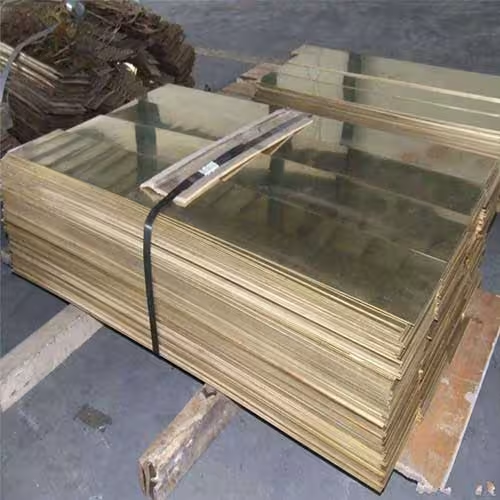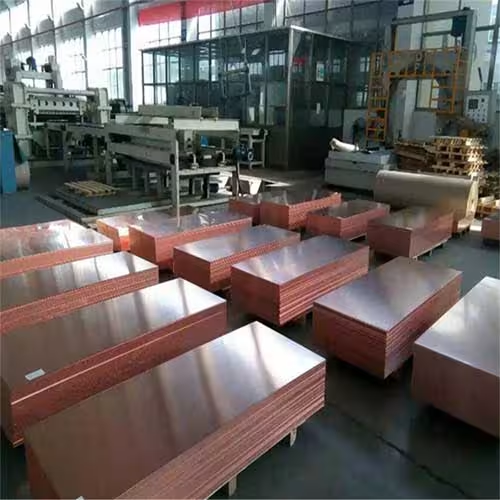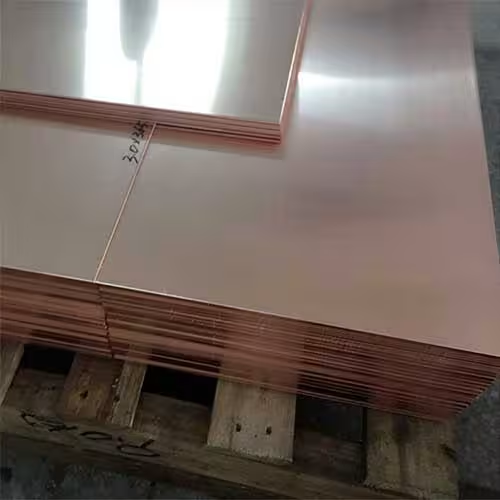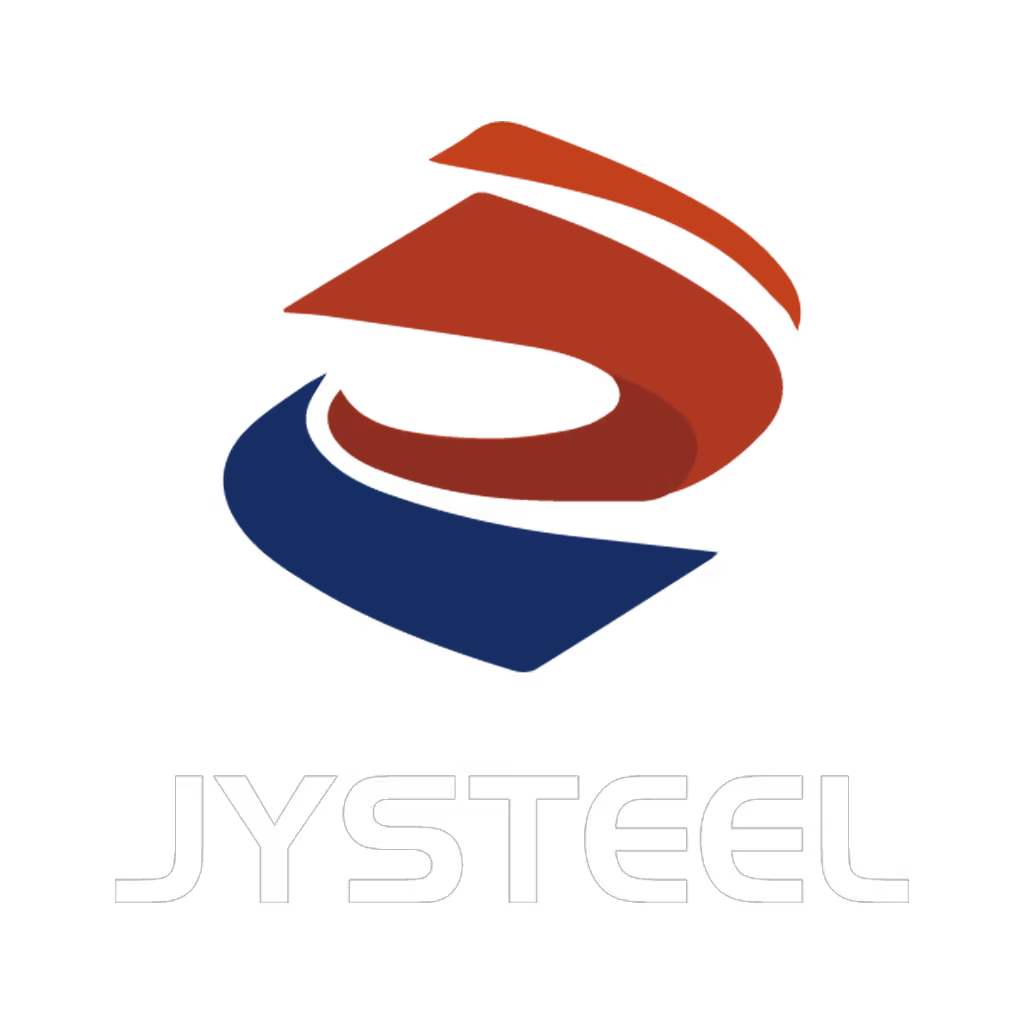Welcome to My Blog!
Before we dive into the content, I’d love for you to join me on my social media platforms where I share more insights, engage with the community, and post updates. Here’s how you can connect with me:
Facebook:https://www.facebook.com/profile.php?id=61565500692293
Now, let’s get started on our journey together. I hope you find the content here insightful, engaging, and valuable.
Table of Contents
Introduction

Copper plates have long been cherished for their versatility, durability, and aesthetic appeal in various applications, from architectural elements to interior design features. The finish of a copper plate significantly influences its appearance, performance, and suitability for specific uses. Among the myriad of finishes available, matte, polished, and brushed are three of the most prevalent. Each offers distinct characteristics that cater to different design preferences and functional requirements.
In this blog, we’ll delve into the nuances of these finishes, providing insights to help you make informed decisions for your projects.
Understanding Copper Plate Finishes
Matte Finish: Subtle Elegance
A matte finish on a copper plate presents a non-reflective, understated appearance. This finish is achieved through processes such as sandblasting or chemical treatments that produce an even, dull surface. Matte copper sheet is often favored because it blends well with a variety of design schemes without drawing too much attention to itself. It is often used in applications that require an understated aesthetic, such as certain architectural elements or interior design features.
Polished Finish: Mirror-Like Shine
Polished copper plates boast a high-gloss, reflective surface achieved through meticulous grinding, polishing, and buffing operations. This finish accentuates the rich, reddish hue of copper, making it a popular choice for decorative elements that aim to stand out. However, polished finishes require regular maintenance to retain their luster, as they are more susceptible to showing fingerprints and scratches.
Brushed Finish: Textured Sophistication
The brushed finish imparts a linear, satin-like texture to the copper plate, achieved by brushing the surface with abrasive materials. This finish offers a balance between the high reflectivity of polished copper and the subdued nature of matte finishes. Brushed copper is often employed in applications where a contemporary yet warm aesthetic is desired, such as in kitchen backsplashes or modern architectural facades.
Comparative Analysis of Copper Plate Finishes

To better understand the distinctions between matte, polished, and brushed copper finishes, consider the following comparison:
| Feature | Matte Finish | Polished Finish | Brushed Finish |
|---|---|---|---|
| Appearance | Non-reflective, uniform surface | High-gloss, mirror-like shine | Satin-like texture with linear grain |
| Maintenance | Low; hides fingerprints and scratches | High; shows fingerprints and scratches | Moderate; grain can mask minor imperfections |
| Aesthetic Appeal | Subtle and understated | Bold and eye-catching | Modern and sophisticated |
| Common Applications | Architectural elements, interior design | Decorative accents, high-end fixtures | Kitchen backsplashes, contemporary facades |
| Durability | High; less prone to visible wear | Moderate; requires regular upkeep | High; grain can conceal wear over time |
Applications of Copper Plate Finishes in Various Sectors

Architectural Applications
Copper plates with different finishes are extensively used in architecture. Matte finishes are often chosen for roofing and cladding due to their ability to develop a natural patina over time, enhancing the building’s character. Polished copper is utilized for decorative elements like domes and spires, where a striking appearance is desired. Brushed copper finds its place in modern architectural designs, offering a sleek yet warm aesthetic for facades and interior panels.
Interior Design and Furniture
In interior design, the choice of copper finish can significantly influence the ambiance of a space. Matte copper adds a rustic charm to kitchens and living areas, while polished copper brings a touch of luxury to fixtures and fittings. Brushed copper is popular in contemporary settings, often used for countertops, backsplashes, and lighting fixtures, providing a balance between elegance and modernity.
Industrial and Functional Uses
Beyond aesthetics, copper plates serve functional purposes in various industries. Matte finishes are preferred in environments where glare reduction is essential. Polished copper is used in applications requiring high conductivity and smooth surfaces, such as in electrical components. Brushed copper, with its textured surface, is employed in areas where grip and reduced reflectivity are beneficial.
Conclusion
Choosing the right copper panel finish depends on the specific requirements of the project, including aesthetic preferences, functional needs and maintenance considerations. Matte copper panels have an understated elegance that lends itself to traditional and rustic designs. Polished copper panels have a luxurious, reflective finish that is ideal for making a statement. Brushed finishes have a modern and practical feel. By understanding the characteristics and applications of each finish, you can make informed decisions that will enhance the beauty and functionality of your space.
FAQ
How does the environment affect copper finishes over time?
Copper naturally develops a patina when exposed to the elements, especially in matte and brushed finishes. This patina acts as a protective layer and can add character to the material.
Can I change the finish of a copper plate after installation?
Yes, it’s possible to alter the finish through processes like polishing or brushing. However, this may require professional services to achieve the desired result without damaging the plate.
Are there protective coatings available for copper finishes?
Protective lacquers and sealants can be applied to copper surfaces to preserve their appearance and prevent oxidation. The choice of coating depends on the finish and the intended use of the copper plate.
How do I maintain the appearance of polished copper?
Regular cleaning with non-abrasive cloths and appropriate cleaners is essential. Avoid harsh chemicals that can damage the finish, and consider applying a protective coating to reduce tarnishing.
Is brushed copper suitable for outdoor applications?
Brushed copper can be used outdoors, but it’s important to note that it will develop a patina over time due to exposure to the elements. This natural aging process can be desirable or mitigated with protective coatings, depending on your preference.

